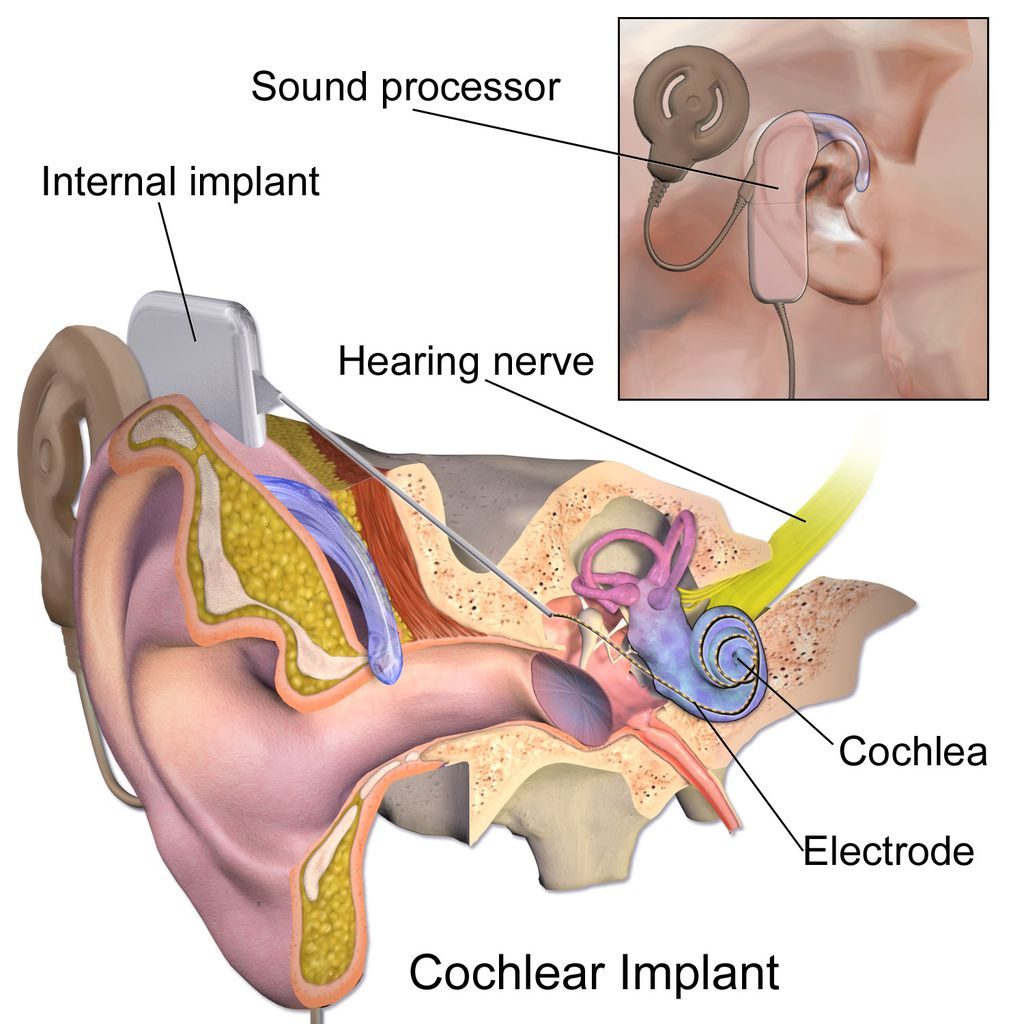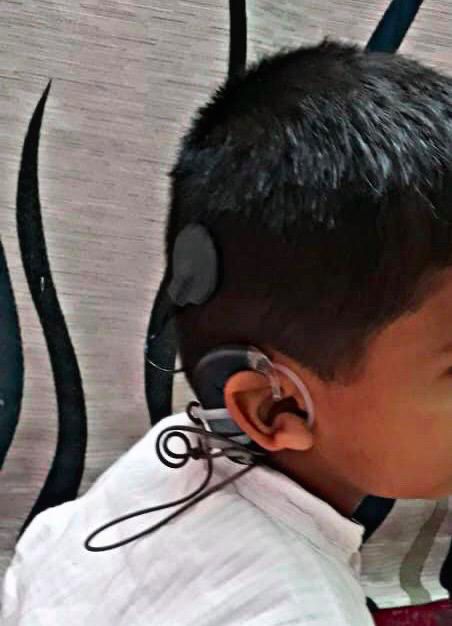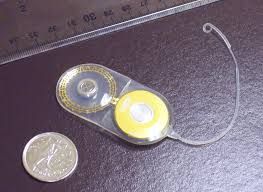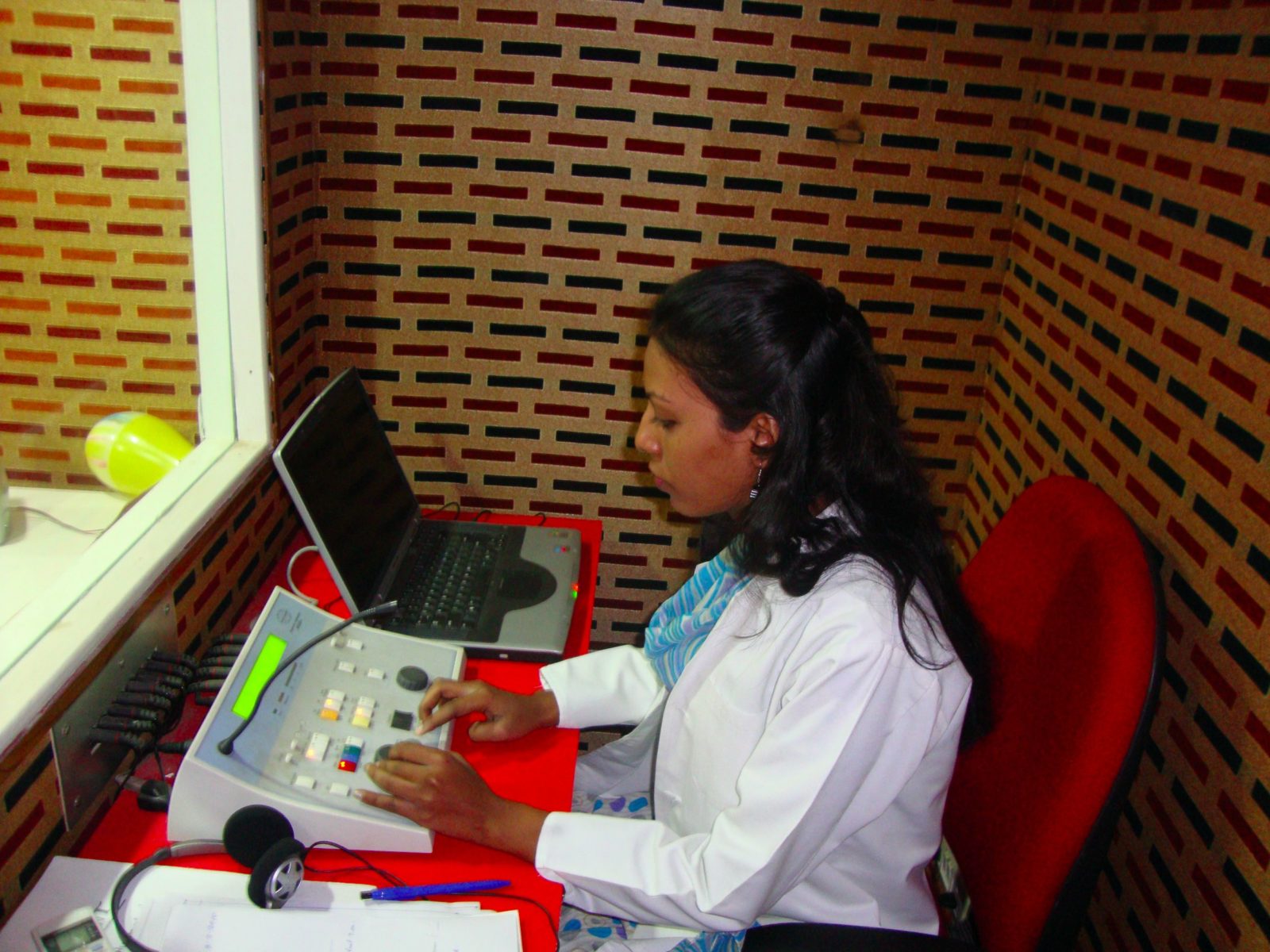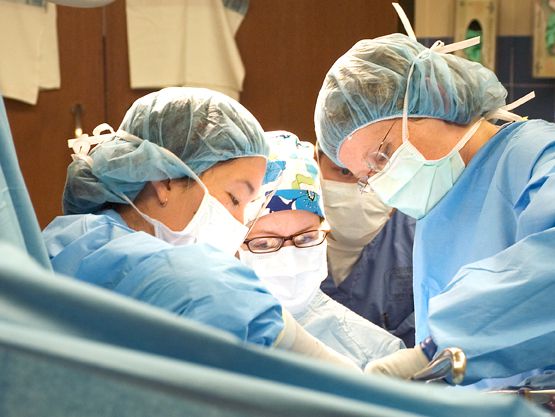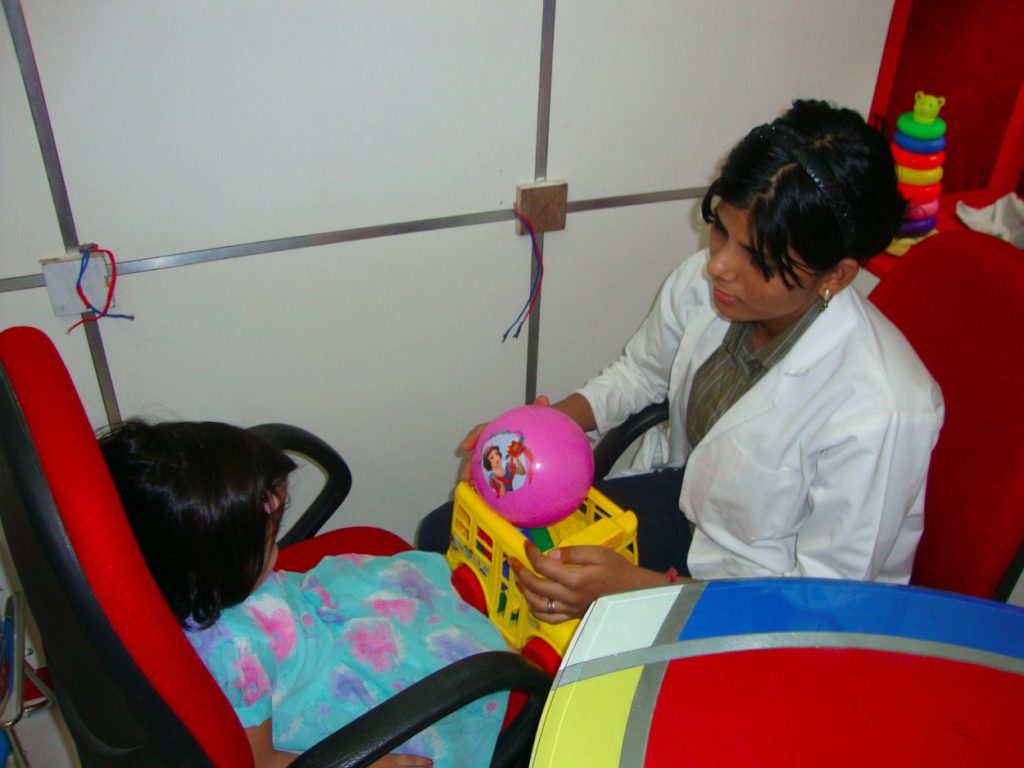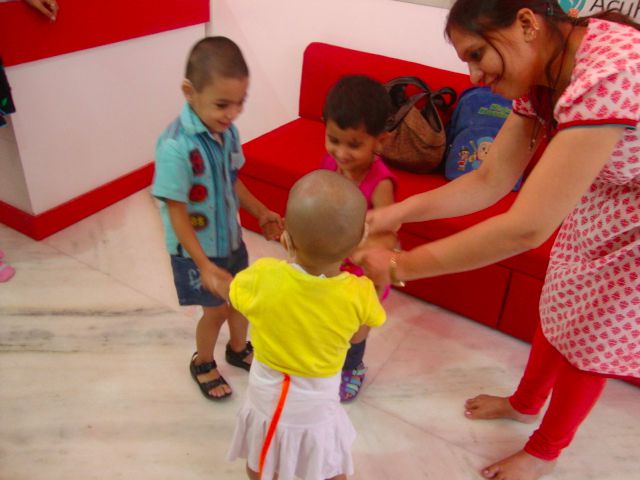WHO NEEDS TO BE INVOLVED ?
A centre providing early intervention for developmental delays should consist of an Audiologist, Speech Language Pathologist, Special Educators, Occupational Therapist, Psychologist and others if required.
The team members need to work alongside each other to provide the best care for the patient and each of them have their unique role which makes each of them vital part of the team.
An audiologist can help evaluate and rehabilitate hearing related issues, a speech language pathologist can provide help to assess and innervate speech and language problems, special educators are trained to deal with children with special needs, occupational therapist can assess and help patients across things they want and need through therapeutic use of occupations and a psychologist can assess and provide psychological therapies to patients is required.
All these professionals also need to counsel patients and family to make sure they understand the need and importance of individual intervention.
Acting early on developmental concerns can make a huge difference for your child and you. If you are concerned about your child’s development, do not wait long.
